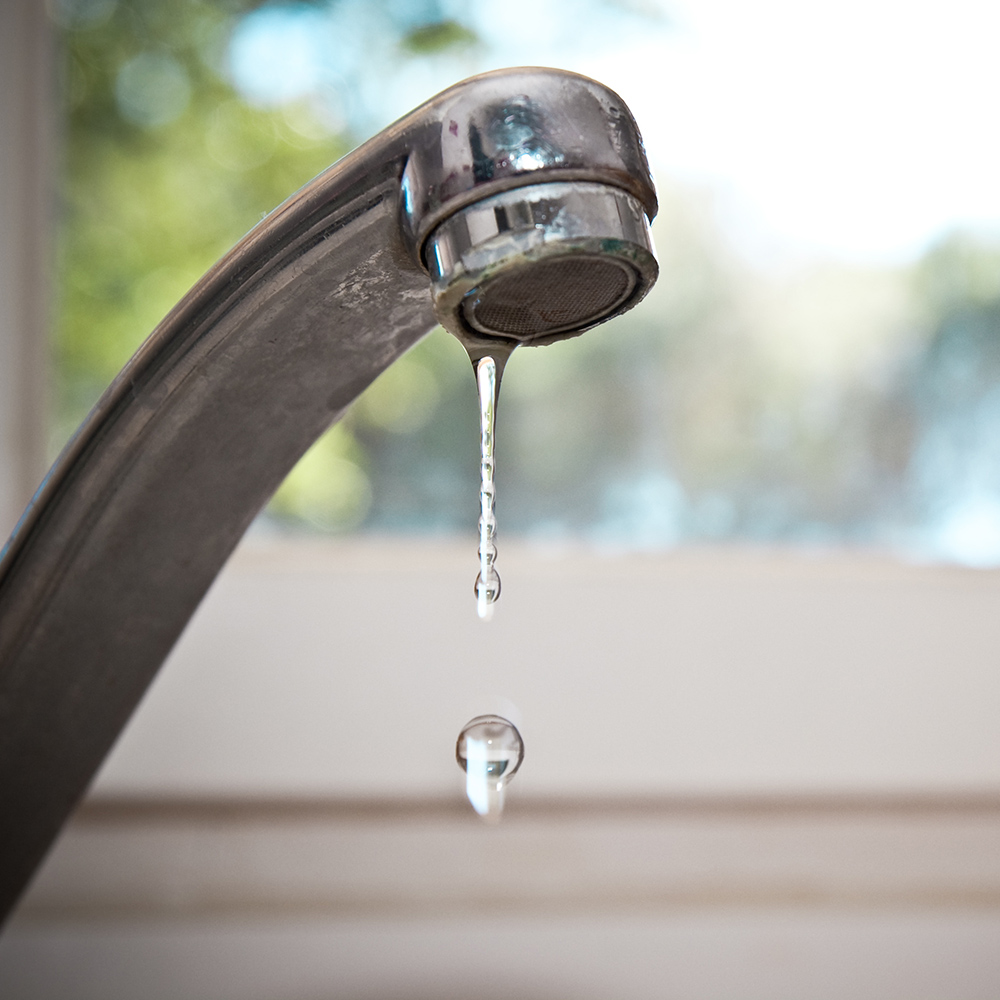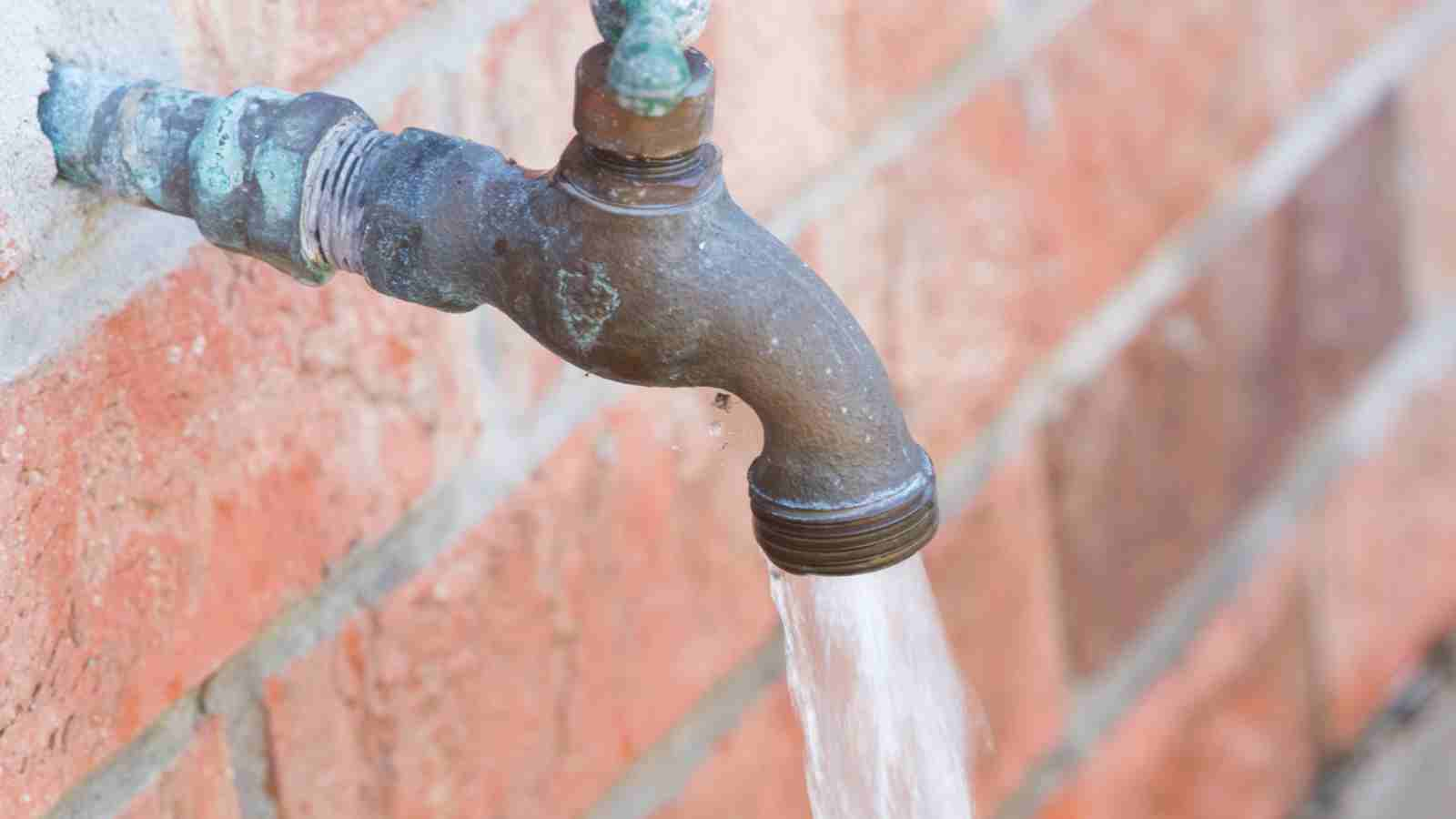Skilled Tips for Repairing a Leaky Tap: In-depth Tutorial
Skilled Tips for Repairing a Leaky Tap: In-depth Tutorial
Blog Article
We have stumbled on this great article involving How to fix a leaky tap and save water listed below on the net and believe it made good sense to share it with you on my blog.

Intro
A leaking faucet is not just irritating however can additionally lose a considerable amount of water and cause boosted utility expenses. In this detailed guide, we'll walk you with the process of fixing a leaking faucet, allowing you to save water and cash while preserving your plumbing system.
Gathering Tools and Materials
Prior to you start, collect the essential tools and materials for the repair service. You'll typically require an adjustable wrench, screwdrivers, substitute washing machines or seals, plumber's tape, and a cloth or towel to clean up any kind of spills.
Shutting Down Water System
Locate the shut-off shutoff for the impacted faucet and transform it clockwise to shut off the water. If you're not able to situate the shut-off valve, you may need to turn off the main supply of water to your home.
Disassembling the Tap
Use a screwdriver to get rid of the deal with of the tap, revealing the interior elements. Depending on the type of tap, you might require to loosen a cap or collar to access the valve assembly.
Checking for Damages
As soon as you've revealed the shutoff assembly, inspect it for any type of indicators of damage or wear. Common culprits of a leaking tap include worn-out washers, O-rings, or seals.
Replacing Faulty Components
If you determine any type of damaged or worn-out elements, thoroughly remove them making use of a wrench or pliers and change them with brand-new ones. Make sure to make use of the appropriate dimension and type of replacement components for your faucet.
Reconstructing the Tap
After replacing the damaged components, thoroughly rebuild the faucet in the reverse order of disassembly. Make certain that all components are correctly lined up and tightened up to prevent future leaks.
Evaluating for Leaks
Once the faucet is reconstructed, transform the supply of water back on and check the tap for leakages. If you notice any type of leaks, verify the connections and tighten them as needed.
Making Sure Correct Functionality
After verifying that the tap is leak-free, examination its performance by turning it on and off a number of times. Guarantee that the tap operates smoothly and without any uncommon audios or resistance.
Cleaning Up
Finally, clean up any particles or spills from the repair process and dispose of any type of old or broken components appropriately. Leaving the workplace spick-and-span guarantees a professional coating to your repair.
Final thought
Repairing a dripping faucet is a fairly basic do it yourself task that can save you cash on water expenses and avoid additional damage to your plumbing system. By following this detailed guide, you can tackle the repair work with self-confidence and enjoy the benefits of a leak-free tap.
Fixing a Leaking Tap: Causes, Solutions, and Water Conservation
Causes and Signs
Worn-Out Washers: The tap washer, rubber or metal, creates a seal within the tap assembly. Over time, the old washer can deteriorate, leading to water seepage and a dripping tap. High Water Pressure: Excessive water pressure can strain tap components, causing leaks. The forceful water flow exerts pressure on the washers and other sealing mechanisms, resulting in a dripping tap. Faulty O-Rings: O-rings, usually made of rubber, provide a watertight seal between moving parts of the tap. If the O-rings become worn or loose, they can cause water to leak, resulting in a dripping tap and potential water damage to your property. Signs of a Dripping Tap
Audible Dripping Sounds: If you hear the sound of water droplets hitting the sink or basin, it’s a clear indication of a dripping tap. Puddles or Stains: Notice any puddles of water or stains around the tap area or on the sink surface. These signs suggest a dripping tap that requires attention. Reduced Water Flow: A dripping tap can affect the overall water flow, resulting in reduced pressure when using the tap. Gather the Necessary Tools
Adjustable spanner Screwdriver – flathead or Philips’s head New washers Towels or rags Turn Off the Water Supply
Find the isolation valve beneath the sink or by the tap and turn it clockwise to shut off the water supply.
Disassemble the Tap
Use a screwdriver to carefully remove the tap handle, exposing the internal components. Take note of the order and arrangement of the parts as you disassemble the tap. This will aid in reassembling it correctly later on. (We recommend taking photos on your phone for a no-fuss solution).
Inspect and Replace the Washer
Inspect the washer located at the bottom of the tap assembly. If it appears worn out or damaged, replace it with a new washer of the correct size and type. This simple replacement can often resolve the dripping tap issue.
Tips for Responsible Water Usage
Regular Inspection and Maintenance: Conduct periodic inspections of all taps in your home to identify potential leaks or drips. Timely repairs prevent water wastage and maintain the efficiency of your plumbing system. Install Water-Efficient Taps: Consider replacing old taps with water-efficient models that are designed to minimise water consumption. Look for taps equipped with aerators and flow restrictors to regulate water flow without compromising functionality. Conscious Water Usage: Develop mindful habits such as turning off the tap while brushing your teeth or soaping your hands. Additionally, use full loads when running dishwashers and washing machines to maximise water efficiency. Monitor Your Water Bill: Keep track of your water consumption by regularly monitoring your water bill. Any sudden increases may indicate a leaking tap or other issues that require attention. When to Seek Professional Help
Persistent Leaks: If your attempts to fix the dripping tap are unsuccessful or the problem keeps recurring, it may indicate an underlying issue that requires professional attention. Complex Repairs: In cases where the tap assembly is intricate, or the repair involves specialised knowledge, it’s advisable to seek professional help to ensure the problem is resolved effectively. https://proudplumbingandgas.com.au/blog/a-complete-guide-to-fixing-a-leaking-tap/

I was brought to that editorial on How-To Guide On Fixing A Leaking Tap Or Faucet Step from an acquaintance on a different web blog. Liked our entry? Please share it. Let other people locate it. Thanks so much for taking the time to read it.
Book Appointment Now Report this page